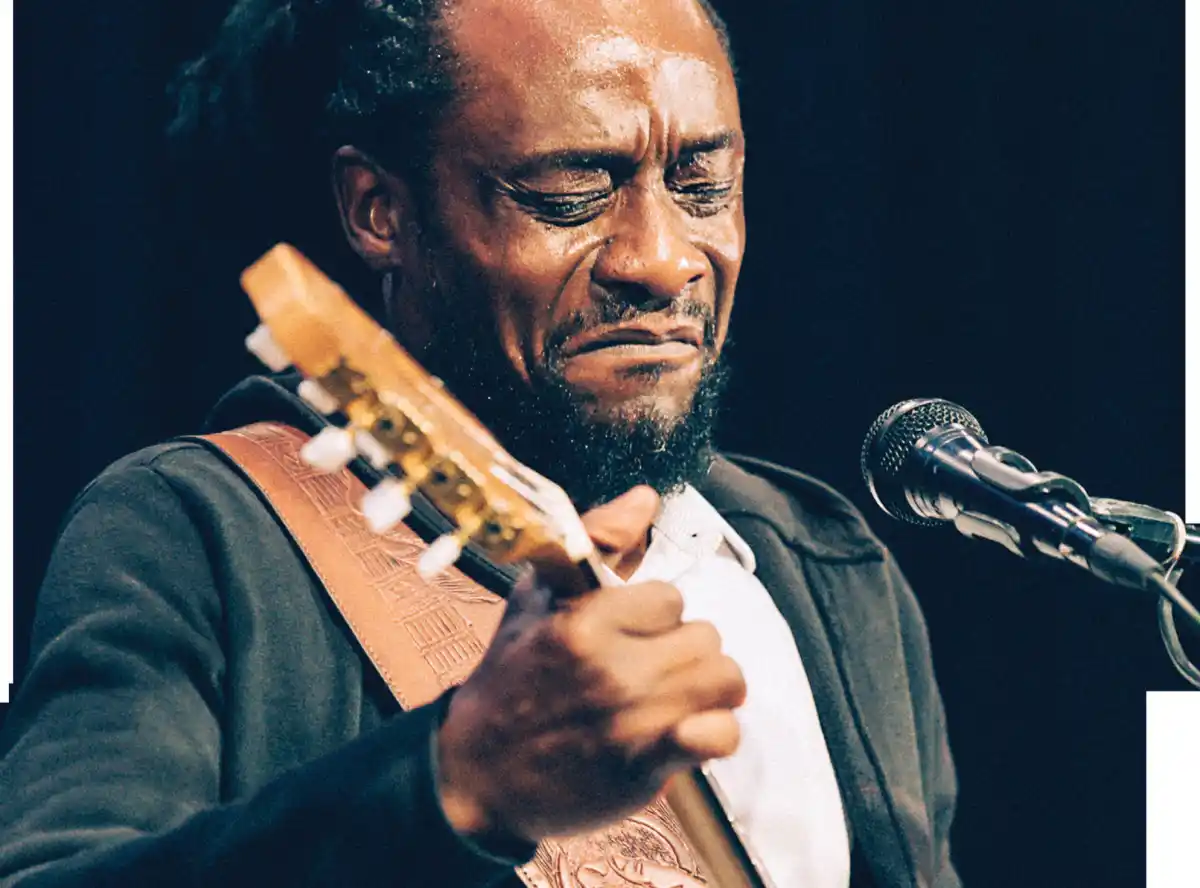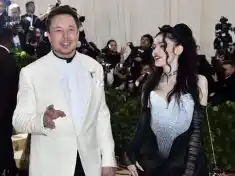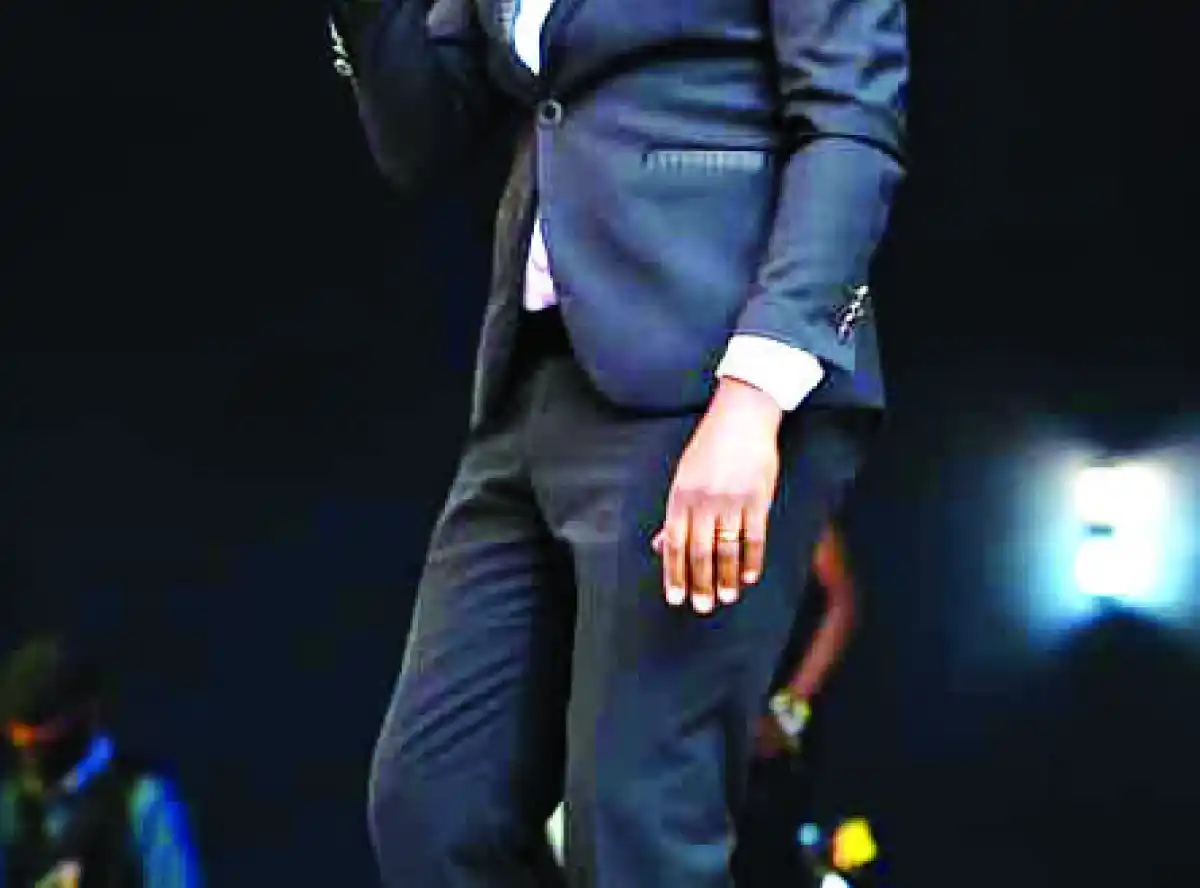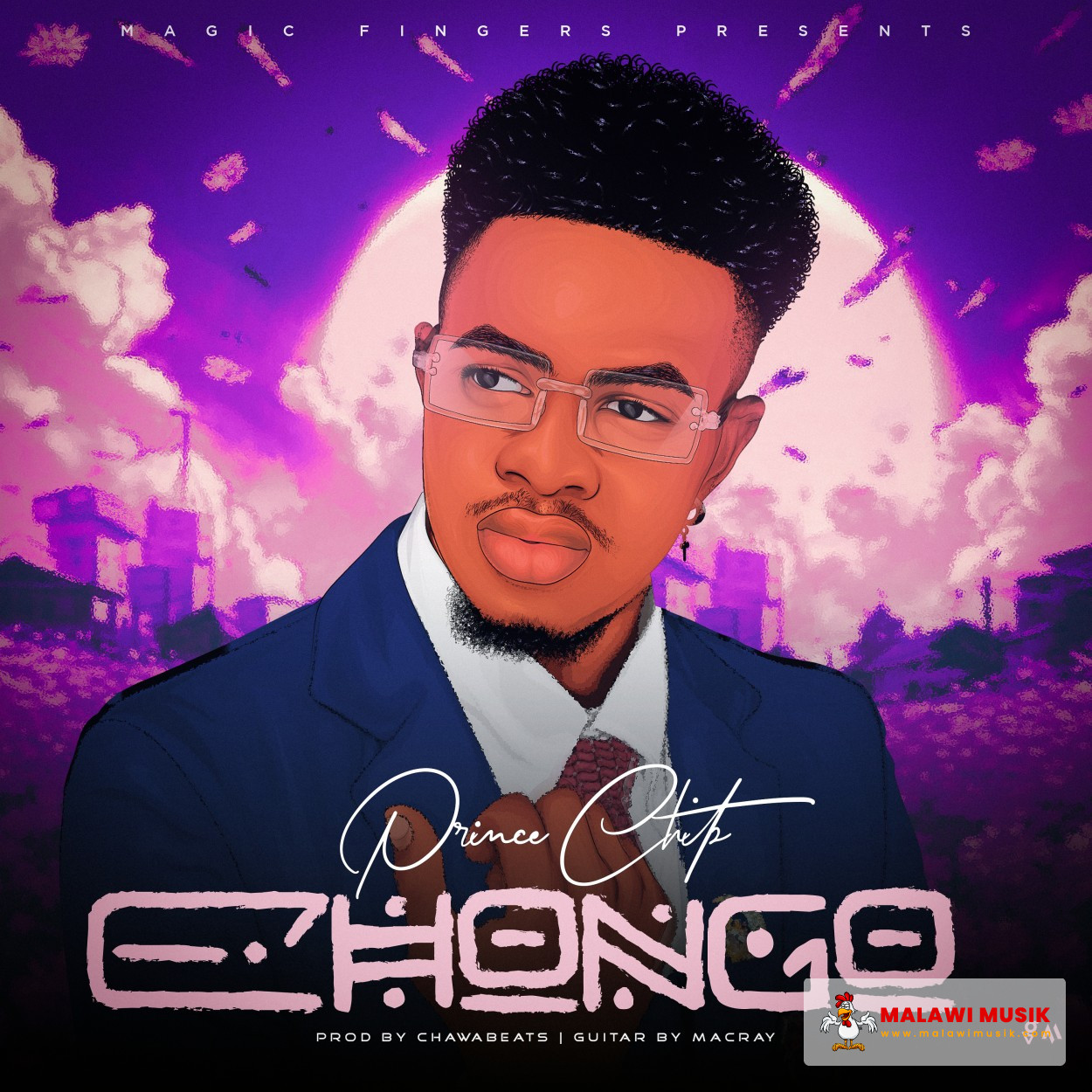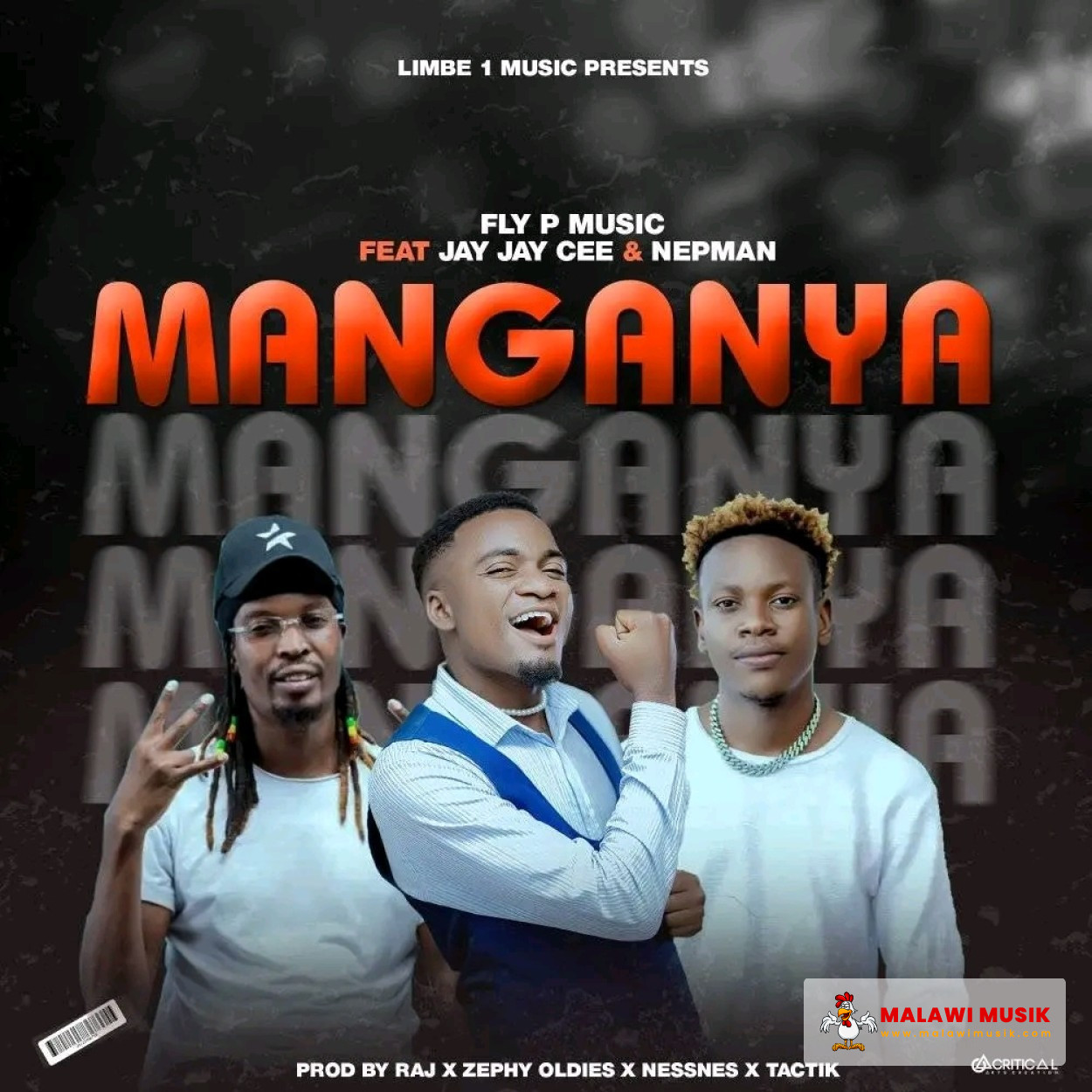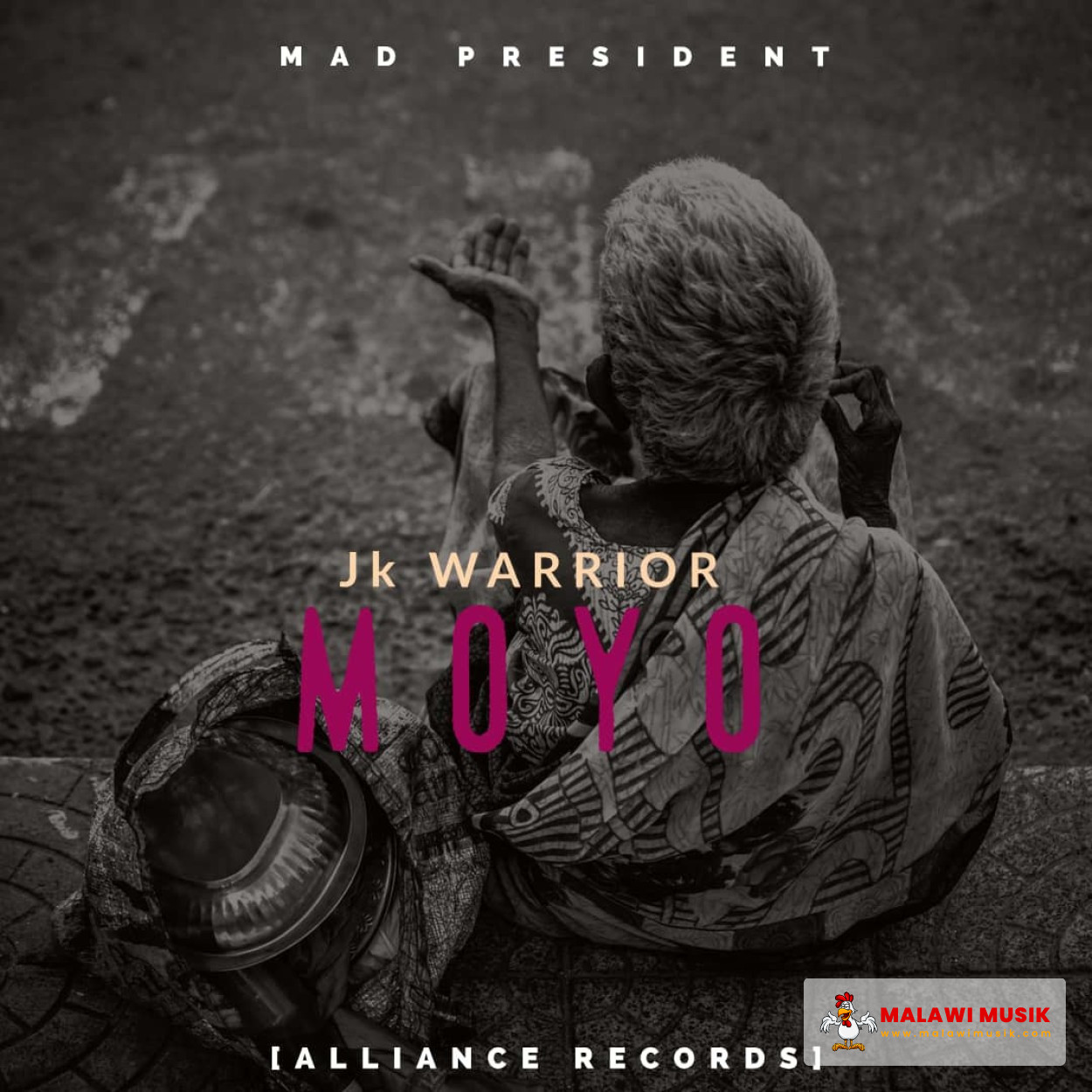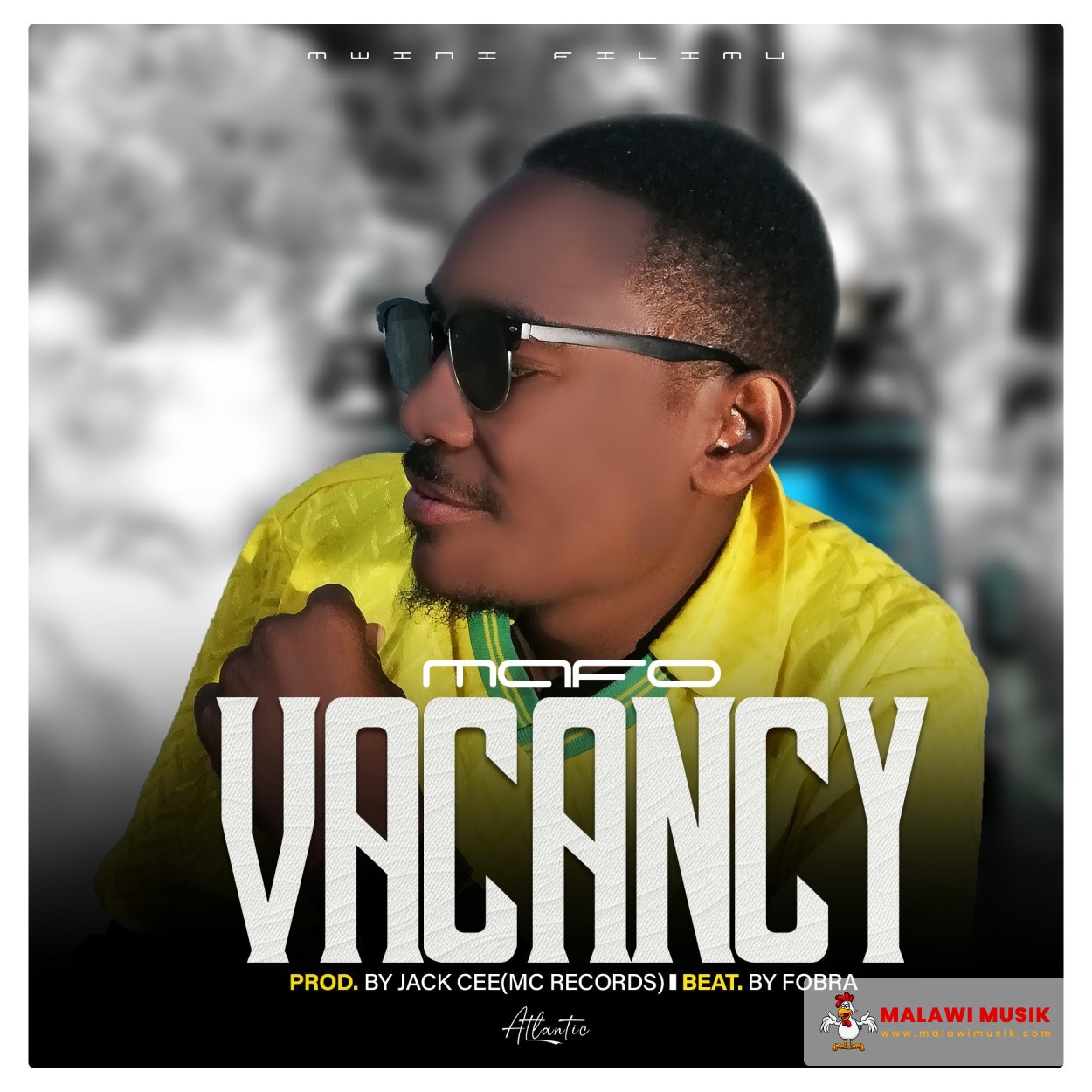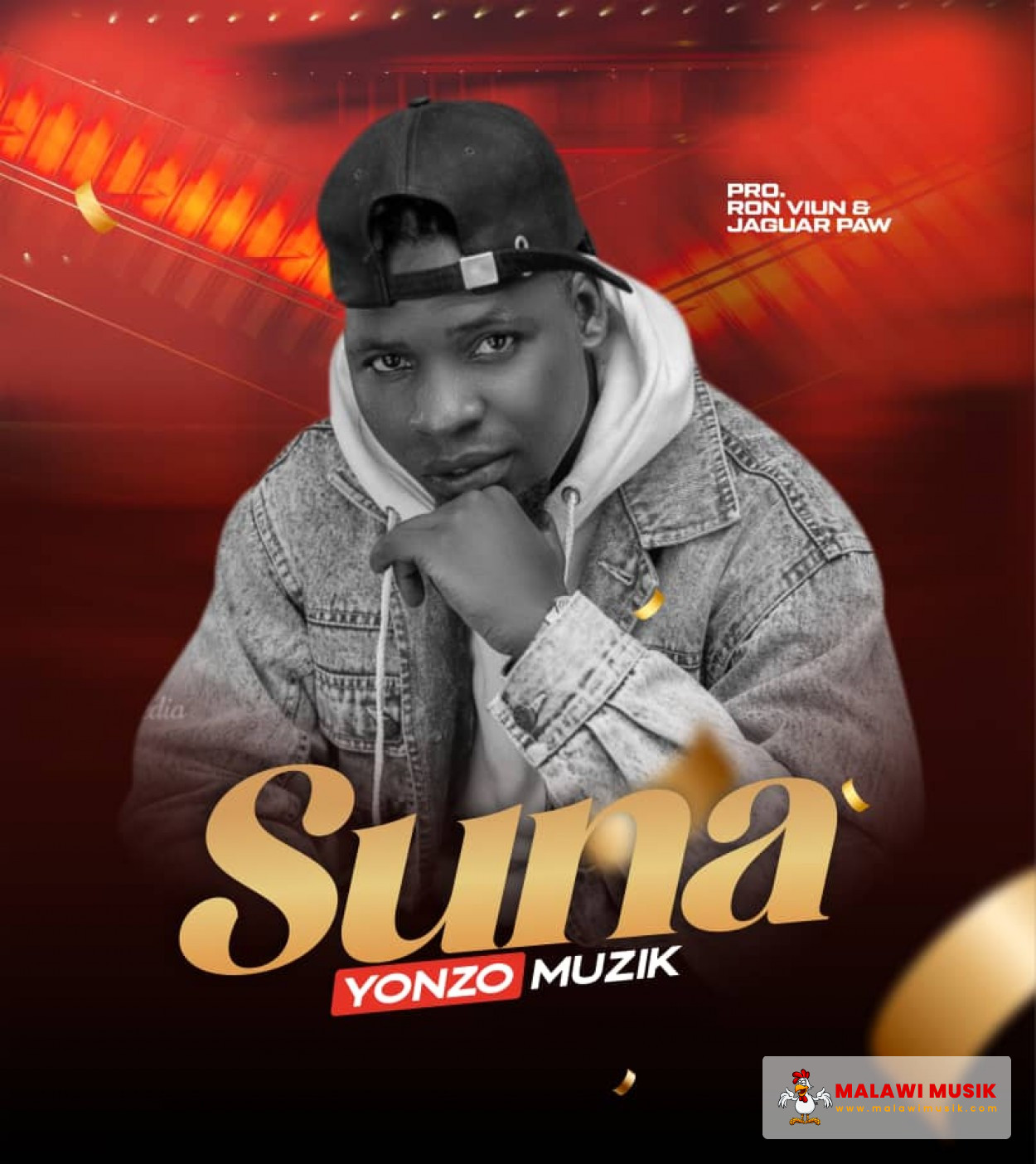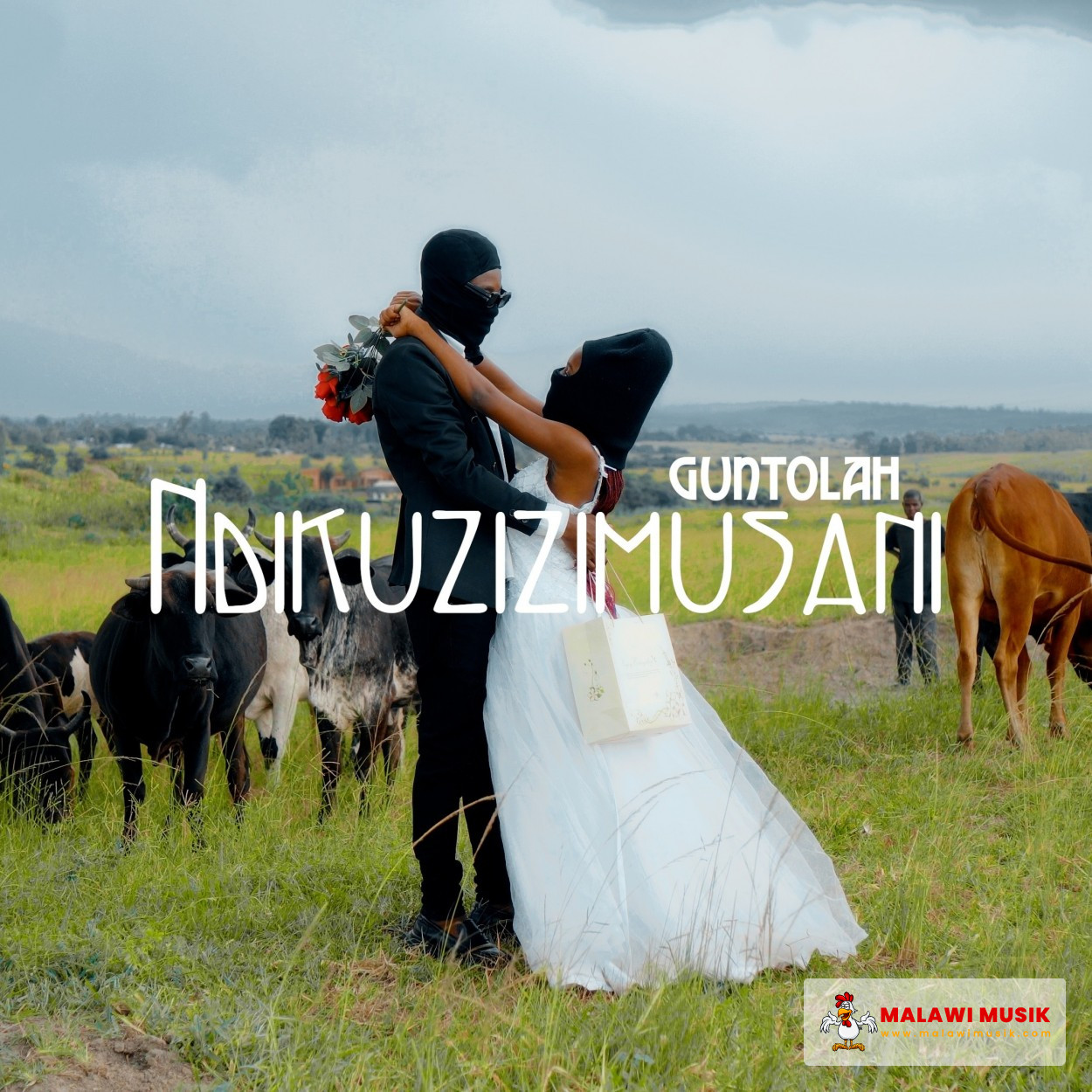
On a long expedition to one of the fiestas at one of the lakeshore districts, we struck a dialogue as regards the present musical trends.
The conversation was not about the music videos but rather the structure of the songs nowadays where contemporary artists have moved away from doing lengthy tunes.
According to one of the members on board, in the past, artists fancied lengthy songs that one would listen to on a journey for close to 10 minutes.
Such was the trend and it was rare to listen to songs that were less than three minutes.
Writing on his Facebook page on April 2 2024, veteran journalist and writer Mzati Nkolokosa, who is passionate about art, wrote about the longest song that he listens to often which is Franco Luambo Makiadi’s ‘Candidate Na Biso Mobutu’- 19 minutes 32 seconds.
He goes on to say that the song is massive and that Franco and his TP OK Jazz recorded about 1,000 songs and that they are all great hits.
Mzati writes further saying that in these long songs, musicians value guitars and trumpets for instance.
He say in the present day, we are listening to songs that are too short, some even as short as 45 seconds.
At this time of the conversation, we were listening to Soldier Lucius Banda’s track ‘Mzimu Wa Soldier’ which is more than five minutes.
Is it wrong doing short songs? Or is it a perfect thing to craft long songs?
Lillian Wafula, who is in the musicology department at the Bingu School of Culture and Heritage at Malawi University of Science and Technology (Must) in Thyolo, says it is not wrong doing lengthy songs, just as it is not wrong to do short tracks.
She says songs have been modified in the contemporary world, hence having more of short tracks compared to long songs as was the case in the past years.
“Initially, people had to tell our history through narration, correction was done through song and when a child was born, advice was given through a song as well as when a funeral happened, people consoled each other through song but when technology came in and education came, songs were modified and left for making money,” Wafula said.
She said: “our original song writing became instinct and therefore affordability now became nil.”
Wafula said songs maybe short or long but they should stick to the elements of music and at the same time being original.
“Music flourishes when we do our own music and elevate culture to the global world, but if we keep on doing music from other countries we end up killing our own,” she said.
Wafula says the biggest takeaway in this is that artists should be free to exploit short or long songs but should train in music to understand the trend of music.
“Long or short songs are good to the ear when they also incorporate traditional instruments and that basically brings unique sounds,” she said.
Robert Chanunkha from the same university, who has been lecturing music education for years, said the evolution of song length and instrumentation reflects broader shifts in the music industry, audience, preferences and technology.
“In the past, artists often had the luxury of crafting longer, more intricate compositions. Songs that stretched to seven minutes or more and allowed for detailed instrumental solos and layered storytelling.
“This was partly influenced by the format of physical albums and radio play, where listeners had a deeper engagement with the music,” Chanunkha said.
Today, however, Chanunkha said, “we see shorter songs with streamlined instrumentation”.
“This change can be attributed to the rise of digital platforms and the need to capture attention quickly. Audiences are more likely to listen to music on the go, and shorter songs fit the fast-paced consumption patterns of modern life,” he said.
Additionally, Chanunkha said with the advent of streaming services, song lengths are often optimized for repeat plays, which has influenced both production and consumption of music.
But is there a problem with this shift?
“Not necessarily. Music is always adapting to the times and shorter songs with minimalist instrumentation can still be powerful and emotionally resonant.
“What we lose in length, we might gain in focus and accessibility,” Chanunkha said.
However, he adds that he personally appreciates the depth and artistry of longer compositions from the past observing that they offered more room for creative exploration and musical expression, which some listeners still crave.
“In the end, it comes down to taste and purpose. Both approaches to music – long and rich, or short and sharp – have their place. What matters is how well the song connects with the listener, regardless of its length or arrangement,” Chanunkha said.
Kondwani Simbota, a lecturer at the University of Malawi (Unima) in the Department of Music, said the use of music in the past differs from today in several ways, stressing that music was primarily replacing live performance and that songs were written with this in mind.
“Songs included sections that responded to live dance needs. This also increased the demand for extended versions. In today’s world, other factors come into play. Portability is one of them. There is a growing need for songs to be much smaller in size so they can be shared easily,” Simbota said.
He said another reason is that modern generations’ attention spans are diminishing.
“According to research, Generation Z has a much shorter attention span and is heavily reliant on visual stimuli,” Simbota said.
He goes further to say that in order to make songs visually appealing, music videos have become a must and that this has resulted in higher music production costs.
“The longer the song, the more expensive it is. The Build- Up and Drop phenomenon is a common occurrence in parties where the DJ plays a song that creates a surge of ecstasy in the dancers, lasting around two minutes. Just as the energy begins to wane, the DJ transitions to another song with a similar groove,” Simbota said.
He said that the need for short songs is highlighted in long remix renditions by artists like Patience Namadingo who promotes variety and the Build- Up and Drop phenomenon in his mash-ups.
Jazz maestro Erik Paliani, who has starred with several well-known artists including Hugh Masekela, admitted things have changed with time.
“Let me speak on the perspective of a producer that the requirement in the 70s was to bring out the best of every element in the band and so, the band choice was a story,” Paliani said.
He said the producer had no choice but to look for the best instrumentalists and that this is where lengthy songs would be crafted to colour the songs with all the ingredients starting from vocals through to instruments.

“So it was all lengthy songs but things started changing when we shifted from LP to cassettes and then singles. The basic answer would be record requirements, at least four minutes where you go with a verse, chorus, second verse and then chorus,” he said.
He said lengthy songs in this present time would not fit perfectly at times especially with the format of radio and television programmes where time is limited.
Sangie, famed for songs such as ‘Mayi Wangwiro’, said she does not have a preference when it comes to lengthy or short songs “but I know the short version one is for airplays and longer for live or stage performances.”
“When it is for airing, the short version is okay because radio or television is limited. As an artist, you create something that people should finish listening to,” she said.
Sangie said times have changed and that with more information on the market, it is important to observe how people consume songs.
“So, you weigh whether to create songs that people would sample to the fullest and at the same time showcase your writing skills,” she said.

